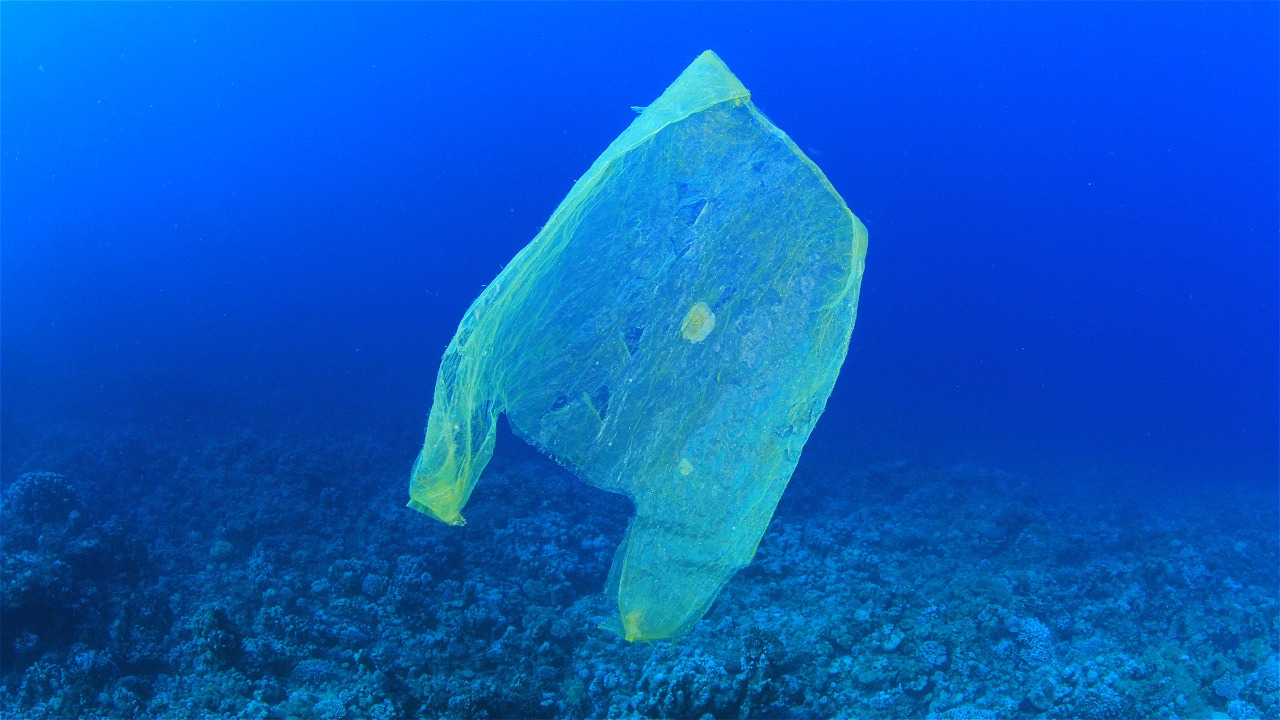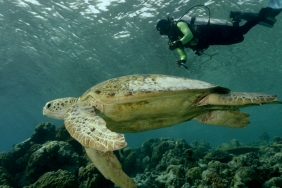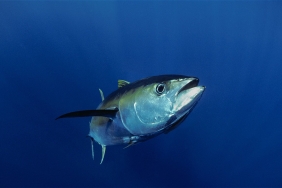WHERE DOES OUR WASTE GO?
Writer: Indarwati Aminuddin (National Coordinator of Responsible Marine Tourism WWF-Indonesia) and IA Dian Kusuma Dewi (Responsible Marine Assistant for Species Issues)
Koperasi Bank Sampah Komodo (KBSK) generated that there are approximately 2 tons of trash every month in Labuan Bajo with trash disposal rate was 0,8 kg per person per day. Sixty percent waste came from tourism activities and business, 20% from public facilities such as school, market, office, hospital and other 20% from residences. If we break it down again based on their type, 80% waste are inorganic such as plastic, bottle glass, cans, iron and 20% are organic such as food. Those trashes mostly end up in the old landfill of Manggarai Barat, or flows to Komodo National Park waters, stranded at the edge of the beach and on the road, and only small amount goes to Koperasi Sampah Komodo.
Tourists and residence have known about the accumulating waste in Labuan Bajo threatens marine animals, economy, and human health. But how to deal with it?
WWF-Indonesia developed the KBSK to empower community to take their own action in reducing waste and in the same time receiving economic incentive. WWF-Indonesia assists KBSK to develop a system to collect inorganic waste, separate, and sell them based on their value. In October 2015, WWF-Indonesia approaches tourism business players, such as tour operator, boat operator, agency, the authority of Komodo National Park, the authority of Harbor, and local government to work closely for managing waste program and policy.
As KBSK only employs a few staffs, reducing and collecting trash are just a small step to lessen the total waste volume in Labuan Bajo and Komodo National Park. This community was established in the end of 2014 with 11 members and well recognized for its collecting and recycling waste activities. The KBSK acts as a trader by buying recyclables i.e., plastics, paper, glass, aluminum items, and metals from locals and sorts the recyclables to increase the resale value. Finally, the KBSK sells sorted materials to a recycling company outside Labuan Bajo. The goal of this community is to diminish waste in Manggarai Barat, a big dream for this community. KBSK coordinator, Ari Daru, said that waste in Labuan Bajo as ‘public problem’ that couldn’t be coped by KBSK itself.
The community in Labuan Bajo are consist of more than 58 tourism business, 200 boat operators, and 230 thousand residences who live in 10 districts. They all have same urge to overcome waste problem, but still couldn’t find the best way to beat it. Classic dilemma of a small and under-developed island: How can we manage the waste? Some of community initiatives has been set up for waste management, for example Swiss Contact, Yayasan Komodo Kita or Eco Flores, but it still being a huge homework in Labuan Bajo.
Another question also arises: How many amount of waste entering the Komodo National Park ocean? Yes, we can easily spot plastic waste at the edge of the Pink Beach, Loh Buaya, Loh Liang, Kampung Komodo, Kampung Papagarang, but that’s only the tip of the iceberg. Not to mention the hazardous wastes infiltrate to the waters, we can barely see it. And when the raining season comes where mostly wastes come to Labuan Bajo, “Then you will see trash everywhere.”, Ari Daru said.
In October 2015, 23 tons of waste were collected and 23 million rupiahs of waste revenue was generated. This revenue is delivered by more than 200 customers. KBSK has reduced waste in Labuan Bajo and Komodo Park by taking plastic, cans, glass, and iron from 33 households with help from other collector unit like Om Roberts that assisted by Swiss Contact. It took almost two years for Ari Daru and his team at KBSK to manage their small step in the waste management program in Labuan Bajo, but it was all worth the effort.





